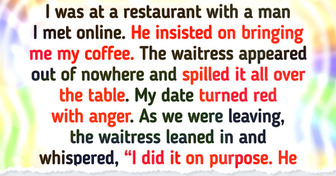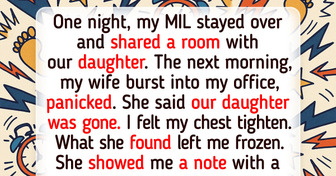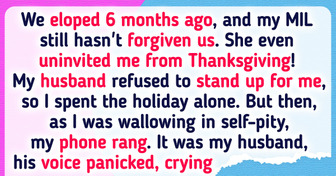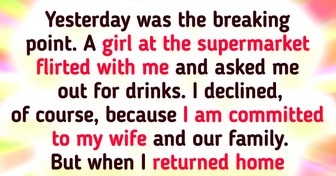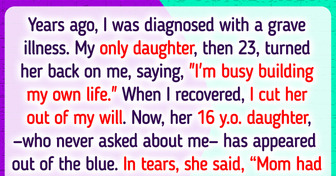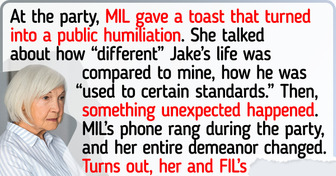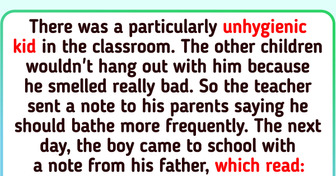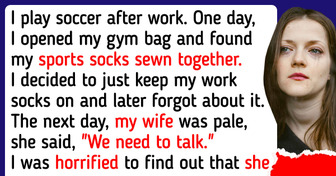12 People Who Had to Face Life’s Trickiest Games
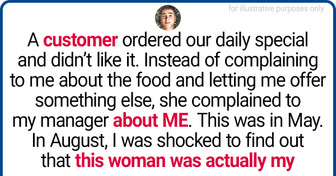
Now I hate to break it to you, but there’s no such thing as a baby carrot. The cute little carrots they sell at supermarkets are actually regular carrots that have been shaved down to this “baby size”. You would think strawberry-flavored gummy bears should be red or pink, right? Well, sorry to say, but they’re green.
Brown rice and white rice are the same product. The white variety starts off as the brown one, but then some parts of it are removed by milling, which gives the rice its white color. This allows it to be stored for longer, but at the same time reduces the rice’s nutritional value.
On the topic of rice, it was used to build the Great Wall of China! The builders mixed sticky rice soup with lime and got rice mortar for construction. It was stronger and had better water resistance than regular lime mortar. Thanks to the rice soup, the Great Wall has been able to stand for centuries despite the elements.
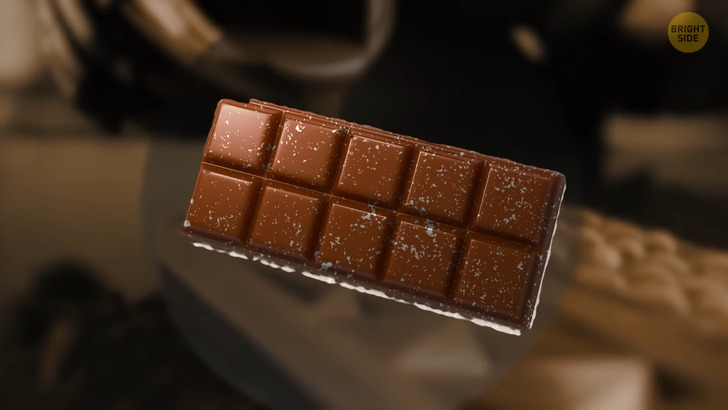
You’ve found a long-forgotten chocolate bar somewhere deep in your desk — yum, nice surprise! But when you open it, you hesitate: there’s some unpleasant-looking kind of dusty film on it. Don’t worry, though, it’s still safe to eat.
It’s just that the fat, or cocoa butter, used to make the chocolate has separated from the rest of the bar because of the heat. As it cooled back down, it created this whitish film. The taste might be a little off, however, so it may be best to use it for cooking instead. And you’d have more self-control than I do...
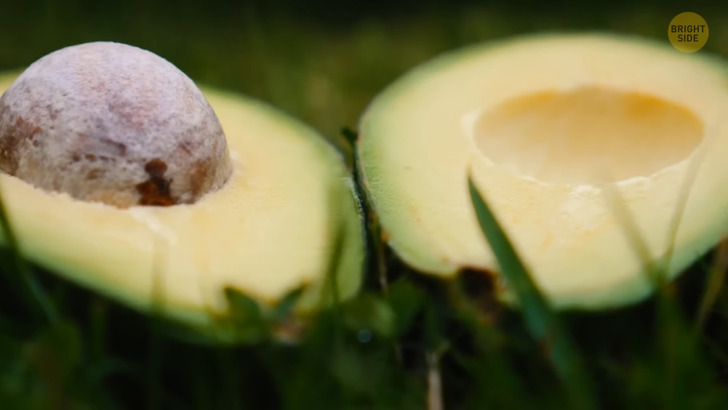
Avocados can’t ripen while still on the tree. If not picked, they will fall from the branch while still not ripe. When picked, though, they will become soft and flavorful just like we love them. This happens because of the burst of ethylene produced by the fruit itself after picking. It’s inhibited while the avocado is still on the tree.
Tomatoes bought at supermarkets often have weak flavor. It has to do with how they’re grown and stored afterward. Tomatoes are gathered when not fully ripe yet and ripen in transportation containers and store shelves. But if they’re stored at temperatures below 40 °F while not fully ripe, they lose a lot of their flavor. To keep them tasty, it’s best to store tomatoes outside the fridge.
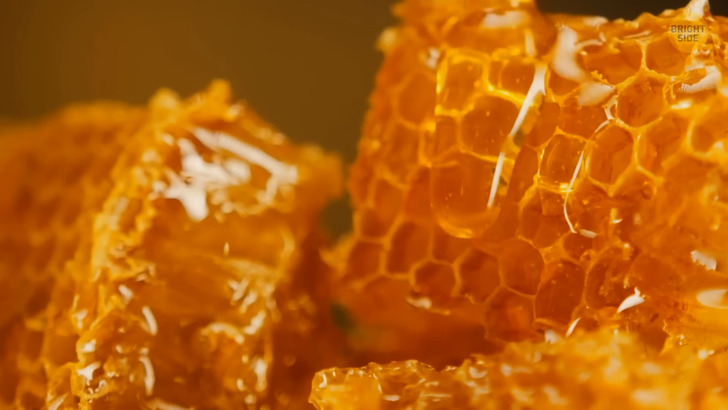
Honey is probably the only food that can literally never go bad. If it’s properly sealed with no air left in, it can go for millennia and still be edible. The oldest pot of honey ever found was 5,500 years old! (Next to the mummy of Winnie the Pooh. Not really...)
While dark and milk chocolate raises no questions, their white sibling isn’t chocolate at all. It doesn’t contain any cocoa powder, which makes chocolate, well, chocolate. The white variety is cocoa butter mixed with sugar and flavoring — usually vanilla.
Peanuts are closer relatives to peas than nuts. They’re legumes — the type of plants that includes peas, chickpeas, and beans. Cashew nuts aren’t nuts either: they’re seeds that are collected from pretty large fruits. The same can be said about walnuts, almonds, pecans, and pistachios.
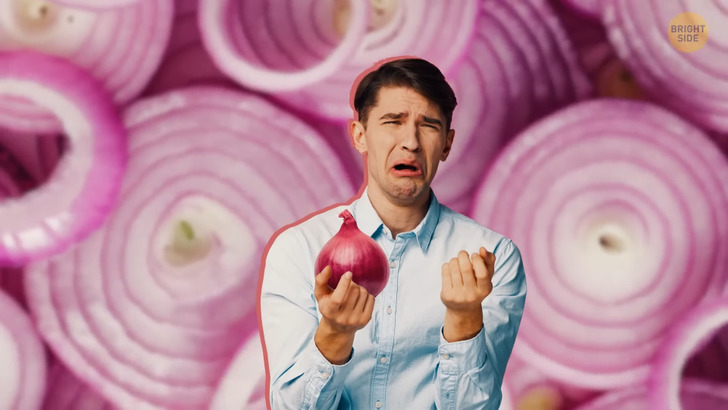
If you get all tearful when cutting onions, there are several ways to avoid that. One is to put the onion in the freezer before cutting it: that will freeze the molecules of the chemical that makes you cry. Another method is washing the onion in cool water just before cutting it. The cold and moisture left on the onion will not allow the tearful chemical to get to your eyes. And the third way is to put a wet paper towel next to your cutting board. The chemical gets attracted to the nearest water source, which is usually your eyes, but in this case, it will be the towel.
The vast majority of wasabi we eat isn’t actual wasabi. The real thing is very expensive, so what we get is just a mix of horseradish, mustard, and green food coloring.
Be careful when you eat fresh pineapple, because it can literally eat you back! It contains an enzyme that digests protein. That burning sensation you get when you’ve eaten a bit too much pineapple? That’s it.
Mac and cheese used to be a really fancy dish back in the 18th century US. Pasta could only be imported from Italy, which made it expensive, and the process of making cheese was time- and effort-consuming. It didn’t make the product cheaper either. Only the wealthiest could afford a plate of mac and cheese, and it was served in the fanciest restaurants as a delicacy.
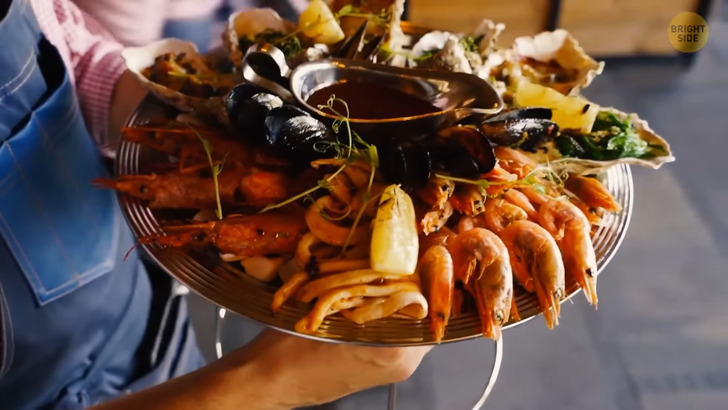
When you buy some sushi rolls with crab meat, you get no crab at all. The red and white stuff is called “imitation crab”, and it’s basically a paste made of fish. Its other name is surimi [suh-REE-mee]. By the way, sushi was originally a way to preserve fish. It was stored in fermented rice, which could keep fish fresh for up to a year. And after that, the rice was thrown away, while the fish was cooked and eaten.
Oysters, lobsters, and pretty much any other seafood, on the other hand, were considered food for the poor back in the day. Seaside communities fed themselves with what they could catch in the sea, and that included mussels, crabs, and a lot of other stuff we consider delicacies today. (Wow. I think if I ate mac & cheese with lobster right now, my head would explode.)
Back to rich food: in Medieval times, fish was considered a gift fit for a king. English monarchs were known to be presented with huge pikes. And even before that, in the Roman Empire, fish such as red mullet was a delicacy that emperors paid for with large amounts of gold. Farmed salmon flesh is naturally gray. Wild fish eat a lot of shrimp, which makes their meat that trademark pink-orange color. The farmed kind is fed with a special plant pigment for the same effect.
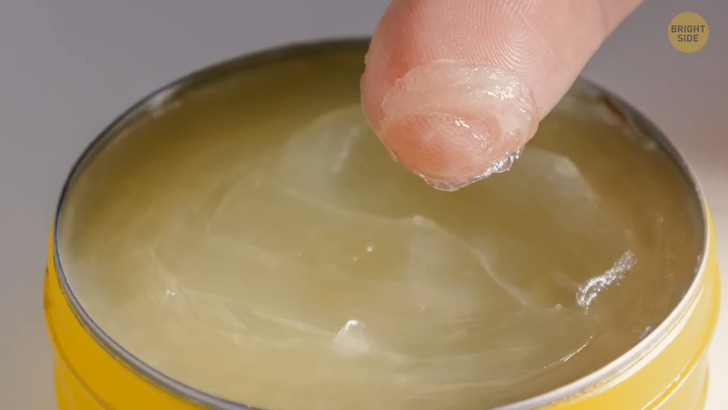
The inventor of petroleum jelly, Sir Robert Chesebrough, claimed to eat a spoonful of Vaseline every single day. He also asked his nurse to cover him head to toe in the stuff when he fell seriously ill. He soon recovered and lived to be 96 years of age. All the time he firmly believed in petroleum jelly’s miraculous properties. It was a slick product.
Oranges actually gave their name to the color we now know as orange. In Old English, this color was called roughly “yellow-red”. The word that signified their color appeared only when the fruit became widespread across Europe.
If you want to take a closer look at a beehive, make sure you don’t have any bananas on you. The pheromone that alarms bees to rise and protect their home smells like bananas. So you’re likely to become their enemy number one if you get too close.
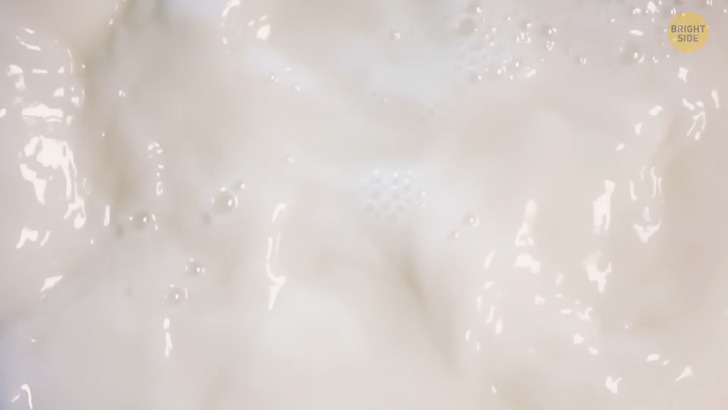
Milk was once proven as a material for plastic. It was biodegradable and non-soluble in water and virtually didn’t burn. But it was later outperformed by oil-based plastic because the milk-based variety couldn’t be molded and became brittle over time. Also, the oil-based kind was a lot cheaper in production.
Pound cake got its name from the mass of its ingredients. It was originally made from a pound of butter, a pound of eggs, and — you guessed it — a pound of sugar. So, it should be a three-pound cake.
The most expensive pizza you can ever get costs about $12,000. It can only be cooked by three chefs in your home, and it takes three full days to make. Do the chefs have to stay in your home? In Ancient Egypt, laborers were paid with food: they got radishes, onions, and garlic as part of their wages. These plants were known for their antibacterial properties even then, which made them pretty valuable.
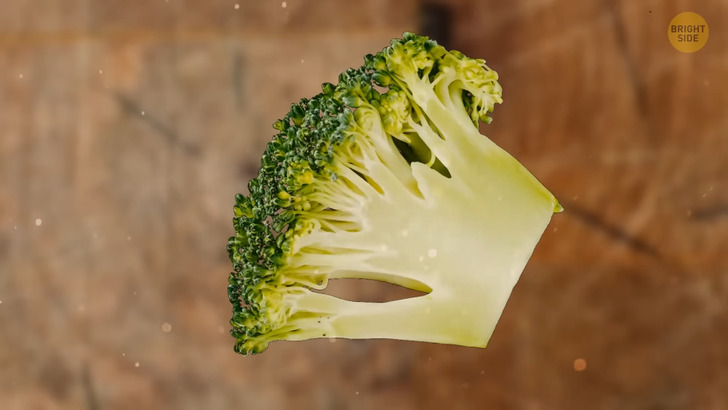
Although the most widespread color of cauliflower is white, it also comes in green, orange, and purple varieties. They’re more difficult to cultivate than the white ones but aren’t much different from it otherwise. As for the overall number of varieties of cauliflower, there are several hundreds of them!
To easily test the freshness of eggs, put them in a bowl of water. A fresh egg will quickly go down to the bottom, while a rotten one will float.


